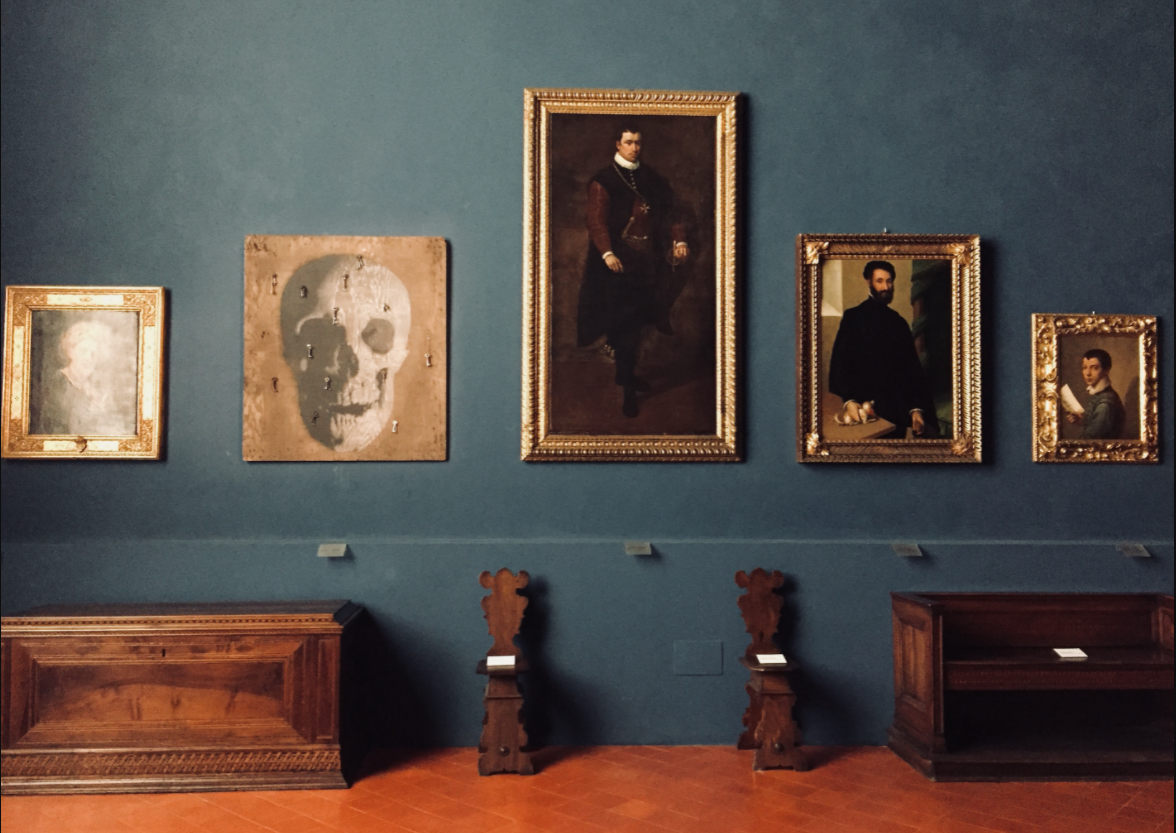One of the most beloved by fans of literature sights of Florence, the House-Museum of Dante Alighieri, in fact, has a somewhat indirect relationship to the great poet of the Renaissance. The building was built only in 1910 on the foundations of Dante’s House, so you shouldn’t admire the “original” furnishings and imagine how Alighieri once sat on this very balcony. Nevertheless, even convinced skeptics should definitely visit the house-museum: its three floors house a wonderful collection of artifacts dedicated to the life and work of Dante and his contemporaries. Well, from the upper terrace you can enjoy a pretty view of medieval Florence.
History
The modern Dante House-Museum is located on the site where the houses of the Alighieri family were once, and the poet himself lived in one of them. After Dante’s death in 1321, his brother Francesco sold part of the house to the Mardolli family, who rebuilt the building to their liking. Subsequently, it changed more than one owner, each of them brought something of their own into the look and interior decoration, until only a group of scattered dwellings remained from the original Dante’s house, the glorious past of which only oral legends circulated. In the 19th century, the capital was moved to Florence, which coincided with the 600th anniversary of the poet. Interest in his extraordinary personality was revived again, and a special commission documented in which house Dante lived. Despite the next transfer of the capital to Rome, the project continues to develop, and in 1911 the Florence City Hall buys the historic building. After destroying the later annexes, a small area is designed here and the original house is built on top.
What to see
The exposition of the House-Museum of Dante Alighieri is located on three floors of the building and illuminates not only the life and work of the poet, but also the historical and cultural environment in which he existed and drew inspiration.
The halls of the first floor of the museum are dedicated to the guild of pharmacists, of which Dante was a member, Florence, its political life and economy in the 14-15th centuries and the Battle of Campaldino in 1289, in which the poet himself took part. Here you should pay attention to dried herbs and medical instruments, landscapes and a model of medieval Florence, as well as goods that formed the basis of its prosperity.
The second floor tells about Dante’s exile, among the interesting exhibits is a copy of the public book of court decisions, in which you can find the verdict on Alighieri. Another room presents what Dante’s bedroom might look like, while the third shows a video about The Divine Comedy with drawings by Gustave Doré.
On the third floor, there are copies of lifetime editions of the poet’s works and costumes of the medieval Florentine nobility – the attire of a noble lady and a notary.
Address: Florence, Via Santa Margherita, 1.



